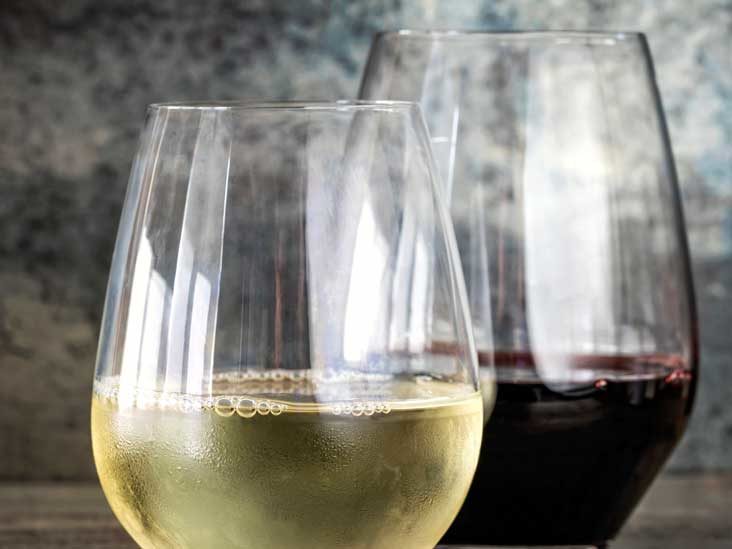The variations between red and white wine are broad in nature. Having different components and characteristics, each has its own features and uses. Understanding the primary variations between these two types of wine is important in contributing to one’s overall understanding and appreciation of such commodities. Ranging in purpose and application, here are some key highlights regarding these two namely beverages.
1. The Tone in Red Wine Comes from Grape Skins
Something somewhat surprising about this variety of beverage, the color and composition of red wine is directly related to a very specific part of its most common ingredient. The tone in wine comes from a plant shade called anthocyanin, found in the skins of red grapes.

2. As Red Wines Age, They Become Lighter in Shading
While the darkness and boldness of a given type of wine varies, most red wines follow a similar progression of change in shading. The tone generally turns out to be less extreme as this variety of wine ages. Because of this, exceptionally old red wines are paler in shading, and only become lighter in color over time.
3. Practically All Red Wines Come from One Type of Grape
The entirety of the most well-known red wines, including Cabernet Sauvignon, Syrah, Merlot, and Pinot Noir are derived from only one type of grape: Vitis vinifera. There are some different varieties of this grape utilized for wine, but seldom. Vitis vinifera is regularly viewed as the primary wine grape species.
4. Red Grapes Are Older in Origin Than White Wine Grapes
The yellow and green-hued grapes that produce white wines are thought to have begun from a change in the development of red grapevines. This implies that white wine grapes are a product of natural adaptations to red grapevines, and that because of this, red grapes are older.

5. Red Wines Generally Contain Less Sulfites Than White Wines
All in all, sulfite levels in red wines are lower than those of white wines. This is on the grounds that red wines will in general be more synthetically stable than white wines and don’t debase as fast.
6. Red Wines Age Longer Than White Wines
Red wines contain color and tannin, which is known to help them age for more prominent lengths of time compared to white wines. The levels of tannin and related elements within red wines are used as an indicator to their overall quality, and as a marker of how long such wine will age.
While each type of wine varies in individual smell, appearance, consistency and overall content, red and white wines have differing characteristics with respect to their specific varieties. Whether it’s sourced from either traditionally red or white wine grapes, all wines are derived from matured ingredients and unique flavor.





